|
Abdullah Shattar
Siraj al-Din Abdullah Shattar ( ar, سراج الدين عبد الله شتر) was a prominent 15th-century Sufi master, considered to be the eponymous founder of the Shattariyya order. He brought his sufism order from Transoxiana to South Asian subcontinent, where his successors developed it further. In the late 16th-century, the order was introduced to the Haramain, and through them to Southeast Asia. Abdullah studied Sufism according to the Isqiya and Bistamiya traditions, which thrived in Khorasan and Ottoman Turkey. His master gave him the name ''Shattar'', a Persian word of Arabic-origin meaning “lightning”, which designates a code of spiritual practices that lead to a rapid state of “completion”. His learning's chain of transmission was from his master Muhammad Arif, then from Muhammad Ashiq, Khuda Quli, Abu'l Hasan al-Kharqani, Abu'l Muzaffar al-Tusi, Abu Yazid Ishqi, Muhammad al-Maghribi, from Bayazid Bistami. Abdullah went to India to promote his order and v ... [...More Info...] [...Related Items...] OR: [Wikipedia] [Google] [Baidu] |
Sufism
Sufism ( ar, ''aṣ-ṣūfiyya''), also known as Tasawwuf ( ''at-taṣawwuf''), is a mystic body of religious practice, found mainly within Sunni Islam but also within Shia Islam, which is characterized by a focus on Islamic spirituality, ritualism, asceticism and esotericism. It has been variously defined as "Islamic mysticism",Martin Lings, ''What is Sufism?'' (Lahore: Suhail Academy, 2005; first imp. 1983, second imp. 1999), p.15 "the mystical expression of Islamic faith", "the inward dimension of Islam", "the phenomenon of mysticism within Islam", the "main manifestation and the most important and central crystallization" of mystical practice in Islam, and "the interiorization and intensification of Islamic faith and practice". Practitioners of Sufism are referred to as "Sufis" (from , ), and historically typically belonged to "orders" known as (pl. ) – congregations formed around a grand who would be the last in a chain of successive teachers linking back to Muh ... [...More Info...] [...Related Items...] OR: [Wikipedia] [Google] [Baidu] |
Delhi
Delhi, officially the National Capital Territory (NCT) of Delhi, is a city and a union territory of India containing New Delhi, the capital of India. Straddling the Yamuna river, primarily its western or right bank, Delhi shares borders with the state of Uttar Pradesh in the east and with the state of Haryana in the remaining directions. The NCT covers an area of . According to the 2011 census, Delhi's city proper population was over 11 million, while the NCT's population was about 16.8 million. Delhi's urban agglomeration, which includes the satellite cities of Ghaziabad, Faridabad, Gurgaon and Noida in an area known as the National Capital Region (India), National Capital Region (NCR), has an estimated population of over 28 million, making it the List of metropolitan areas in India, largest metropolitan area in India and the List of urban areas by population, second-largest in the world (after Tokyo). The topography of the medieval fort Purana Qila on the b ... [...More Info...] [...Related Items...] OR: [Wikipedia] [Google] [Baidu] |
15th-century Muslim Scholars Of Islam
The 15th century was the century which spans the Julian dates from 1 January 1401 ( MCDI) to 31 December 1500 ( MD). In Europe, the 15th century includes parts of the Late Middle Ages, the Early Renaissance, and the early modern period. Many technological, social and cultural developments of the 15th century can in retrospect be seen as heralding the "European miracle" of the following centuries. The architectural perspective, and the modern fields which are known today as banking and accounting were founded in Italy. The Hundred Years' War ended with a decisive French victory over the English in the Battle of Castillon. Financial troubles in England following the conflict resulted in the Wars of the Roses, a series of dynastic wars for the throne of England. The conflicts ended with the defeat of Richard III by Henry VII at the Battle of Bosworth Field, establishing the Tudor dynasty in the later part of the century. Constantinople, known as the capital of the world and ... [...More Info...] [...Related Items...] OR: [Wikipedia] [Google] [Baidu] |
Sufi Religious Leaders
Sufism ( ar, ''aṣ-ṣūfiyya''), also known as Tasawwuf ( ''at-taṣawwuf''), is a mystic body of religious practice, found mainly within Sunni Islam but also within Shia Islam, which is characterized by a focus on Islamic spirituality, ritualism, asceticism and esotericism. It has been variously defined as "Islamic mysticism",Martin Lings, ''What is Sufism?'' (Lahore: Suhail Academy, 2005; first imp. 1983, second imp. 1999), p.15 "the mystical expression of Islamic faith", "the inward dimension of Islam", "the phenomenon of mysticism within Islam", the "main manifestation and the most important and central crystallization" of mystical practice in Islam, and "the interiorization and intensification of Islamic faith and practice". Practitioners of Sufism are referred to as "Sufis" (from , ), and historically typically belonged to "orders" known as (pl. ) – congregations formed around a grand who would be the last in a chain of successive teachers linking back to M ... [...More Info...] [...Related Items...] OR: [Wikipedia] [Google] [Baidu] |
Mughal Dynasty
The Mughal dynasty ( fa, ; ''Dudmân-e Mughal'') comprised the members of the imperial House of Babur ( fa, ; ''Khāndān-e-Āl-e-Bābur''), also known as the Gurkanis ( fa, ; ''Gūrkāniyān''), who ruled the Mughal Empire from to 1857. The Mughals originated as a Central Asian branch of the Timurid dynasty, supplemented with extra Borjigin (the clan which ruled the Mongol Empire and its successor states) bloodlines. The dynasty's founder, Babur (born 1483), was a direct descendant of the Asian conqueror Timur (1336–1405) on his father's side and of Mongol emperor Genghis Khan (died 1227) on his mother's side, and Babur's ancestors had other affiliations with Genghisids through marriage and common ancestry. The term "Mughal" is itself a derivative form of "Mongol" in the Arabic and Persian languages: it emphasised the Mongol origins of the Mughal dynasty. During much of the Empire's history, the emperor functioned as the absolute head of state, head of government and ... [...More Info...] [...Related Items...] OR: [Wikipedia] [Google] [Baidu] |
Ghiyath Al-Din Tughluq
Ghiyath al-Din Tughluq, Ghiyas-ud-din Tughlaq ) (Ghazi means 'fighter for Islam')ref name="sen2"> (died c.1325) was the Sultan of Delhi from 1320 to 1325. He was the first sultan of the Tughluq dynasty. During his reign, Ghiyath al-Din Tughluq founded the city of Tughluqabad. His reign ending upon his death in 1325 when a pavilion built in his honour collapsed. The 14th century historian Ibn Battuta claimed that the death of the sultan was the result of a conspiracy against him Ghiyath al-Din Tughluq was succeeded by his eldest son, Muhammad bin Tughluq.Tughlaq Shahi Kings of Delhi: Chart The Imperial Gazetteer of India
[...More Info...] [...Related Items...] OR: [Wikipedia] [Google] [Baidu] |
Mandu, Madhya Pradesh
Mandu or Mandavgad is an ancient city in the present-day Mandav area of the Dhar district. It is located in the Malwa and Nimar region of western Madhya Pradesh, India, at 35 km from Dhar city. In the 11th century, Mandu was the sub division of the Tarangagadh or Taranga kingdom. This fortress town on a rocky outcrop about from Indore is celebrated for its architecture. History An inscription discovered from Talanpur (around 100 km from Mandu) states that a merchant named Chandra Simha installed a statue in a temple of Parshvanatha located in the Mandapa Durg. While "Durg" means "Fort", the word "Mandu" is a Prakrit corruption of "''mandapa''", meaning "hall, temple". The inscription is dated 612 VS (555 CE), which indicates that Mandu was a flourishing town in 6th century. Mandu gained prominence in 10th and 11th century under the Paramaras. The town of Mandu, situated at an elevation of 633 metres (2,079 feet), is perched on the Vindhya Range ... [...More Info...] [...Related Items...] OR: [Wikipedia] [Google] [Baidu] |
Malwa
Malwa is a historical region, historical list of regions in India, region of west-central India occupying a plateau of volcanic origin. Geologically, the Malwa Plateau generally refers to the volcanic plateau, volcanic upland north of the Vindhya Range. Politically and administratively, it is also synonymous with the former state of Madhya Bharat which was later merged with Madhya Pradesh. At present the historical Malwa region includes districts of western Madhya Pradesh and parts of south-eastern Rajasthan. Sometimes the definition of Malwa is extended to include the Nimar region south of the Vindhyas. The Malwa region had been a separate political unit from the time of the ancient Malava Kingdom. It has been ruled by several kingdoms and dynasties, including the Avanti (India), Avanti Kingdom, The Maurya Empire, Mauryans, the Malavas, the Gupta Empire, Guptas, the Paramaras, the Delhi Sultanate, the Malwa Sultanate, Malwa sultans, the Mughal Empire, Mughals and the Maratha E ... [...More Info...] [...Related Items...] OR: [Wikipedia] [Google] [Baidu] |
Bengal
Bengal ( ; bn, বাংলা/বঙ্গ, translit=Bānglā/Bôngô, ) is a geopolitical, cultural and historical region in South Asia, specifically in the eastern part of the Indian subcontinent at the apex of the Bay of Bengal, predominantly covering present-day Bangladesh and the Indian state of West Bengal. Geographically, it consists of the Ganges-Brahmaputra delta system, the largest river delta in the world and a section of the Himalayas up to Nepal and Bhutan. Dense woodlands, including hilly rainforests, cover Bengal's northern and eastern areas, while an elevated forested plateau covers its central area; the highest point is at Sandakphu. In the littoral southwest are the Sundarbans, the world's largest mangrove forest. The region has a monsoon climate, which the Bengali calendar divides into six seasons. Bengal, then known as Gangaridai, was a leading power in ancient South Asia, with extensive trade networks forming connections to as far away as Roman Egypt ... [...More Info...] [...Related Items...] OR: [Wikipedia] [Google] [Baidu] |
Bihar
Bihar (; ) is a state in eastern India. It is the 2nd largest state by population in 2019, 12th largest by area of , and 14th largest by GDP in 2021. Bihar borders Uttar Pradesh to its west, Nepal to the north, the northern part of West Bengal to the east, and with Jharkhand to the south. The Bihar plain is split by the river Ganges, which flows from west to east. On 15 November 2000, southern Bihar was ceded to form the new state of Jharkhand. Only 20% of the population of Bihar lives in urban areas as of 2021. Additionally, almost 58% of Biharis are below the age of 25, giving Bihar the highest proportion of young people of any Indian state. The official languages are Hindi and Urdu, although other languages are common, including Maithili, Magahi, Bhojpuri and other Languages of Bihar. In Ancient and Classical India, the area that is now Bihar was considered the centre of political and cultural power and as a haven of learning. From Magadha arose India's ... [...More Info...] [...Related Items...] OR: [Wikipedia] [Google] [Baidu] |
Jaunpur, Uttar Pradesh
Jaunpur () is a city and a municipal board in Jaunpur district in the Indian state of Uttar Pradesh. It is located 228 km southeast of state capital Lucknow. Demographically, Jaunpur resembles the rest of the Purvanchal area in which it is located. History Earlier the Jaunpur district was ruled by the Bhar, historically known as Sultan, having its historical dates from 1359, when the city was founded by the Sultan of Delhi Feroz Shah Tughlaq and named in memory of his cousin, Muhammad bin Tughluq, whose given name was Jauna Khan. In 1388, Feroz Shah Tughlaq appointed Malik Sarwar, a eunuch, who is notorious for having been the lover of Feroz Shah Tughlaq's daughter, as the governor of the region. The Sultanate was in disarray because of factional fighting for power, and in 1393 Malik Sarwar declared independence. He and his adopted son Mubarak Shah founded what came to be known as the Sharqi dynasty (dynasty of the East). During the Sharqi period the Jaunp ... [...More Info...] [...Related Items...] OR: [Wikipedia] [Google] [Baidu] |
India
India, officially the Republic of India ( Hindi: ), is a country in South Asia. It is the seventh-largest country by area, the second-most populous country, and the most populous democracy in the world. Bounded by the Indian Ocean on the south, the Arabian Sea on the southwest, and the Bay of Bengal on the southeast, it shares land borders with Pakistan to the west; China, Nepal, and Bhutan to the north; and Bangladesh and Myanmar to the east. In the Indian Ocean, India is in the vicinity of Sri Lanka and the Maldives; its Andaman and Nicobar Islands share a maritime border with Thailand, Myanmar, and Indonesia. Modern humans arrived on the Indian subcontinent from Africa no later than 55,000 years ago., "Y-Chromosome and Mt-DNA data support the colonization of South Asia by modern humans originating in Africa. ... Coalescence dates for most non-European populations average to between 73–55 ka.", "Modern human beings—''Homo sapiens''—originated in Africa. Th ... [...More Info...] [...Related Items...] OR: [Wikipedia] [Google] [Baidu] |
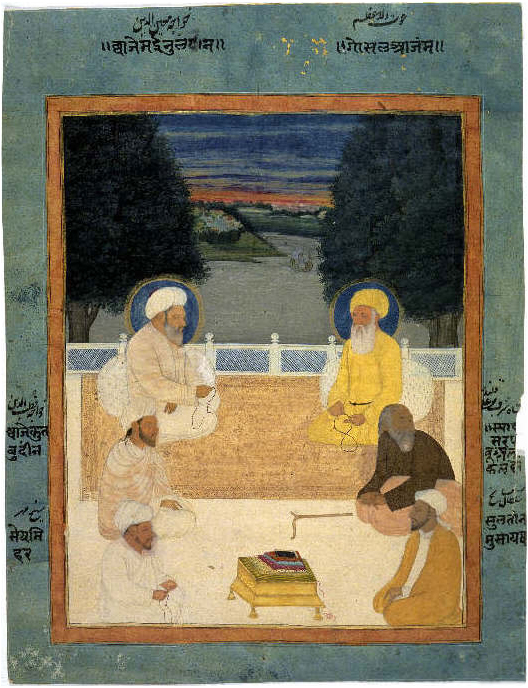


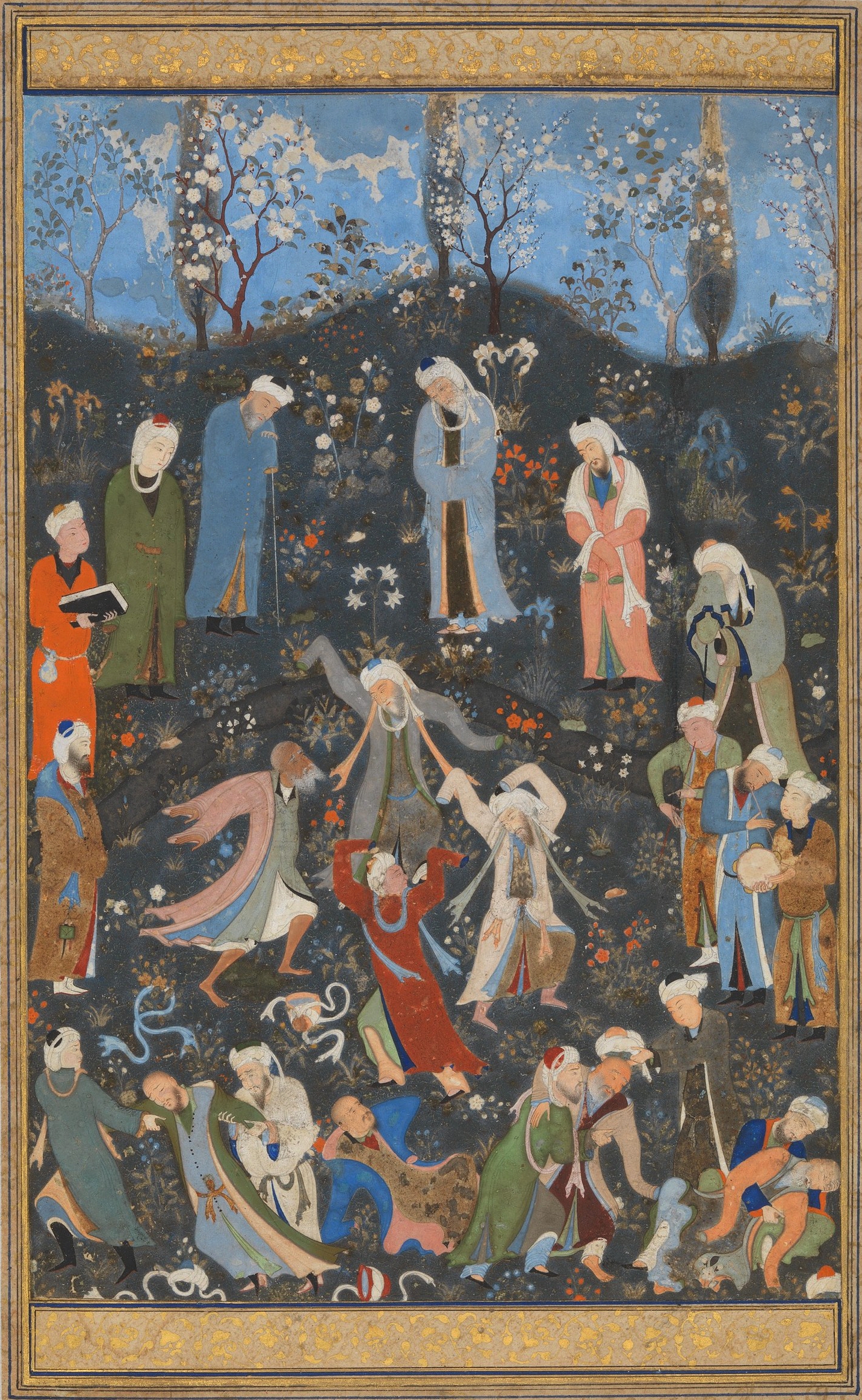
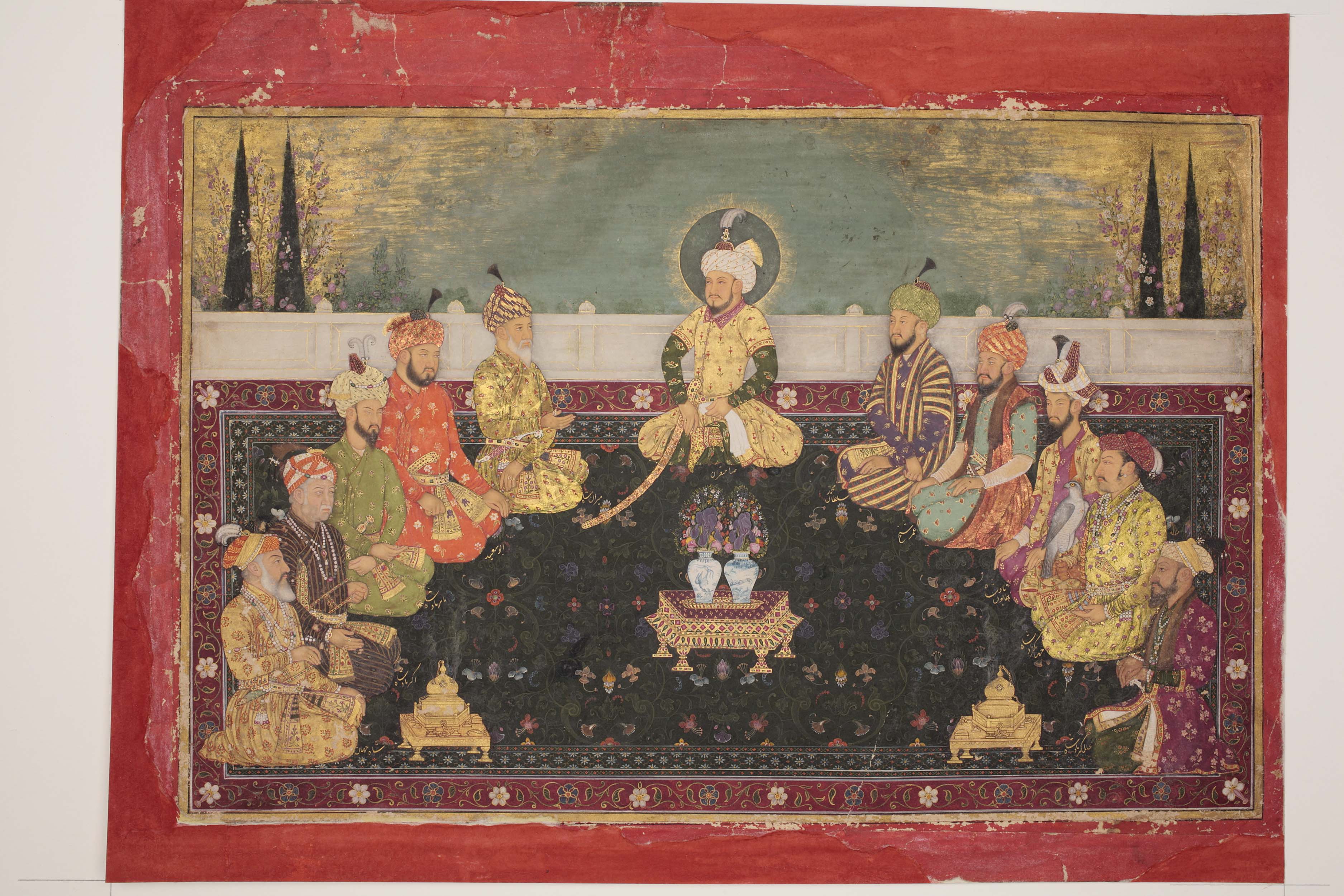

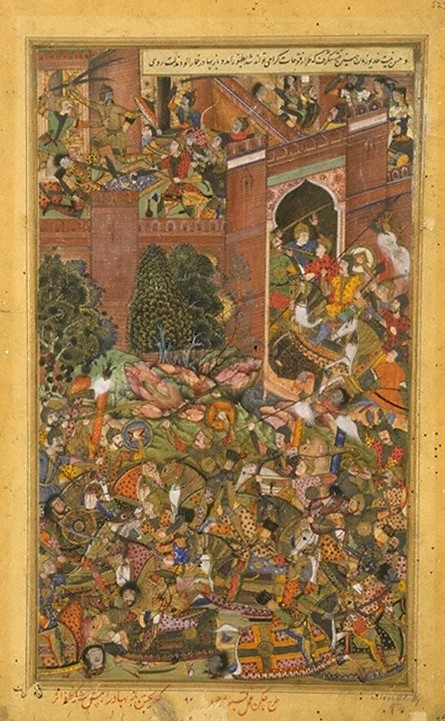
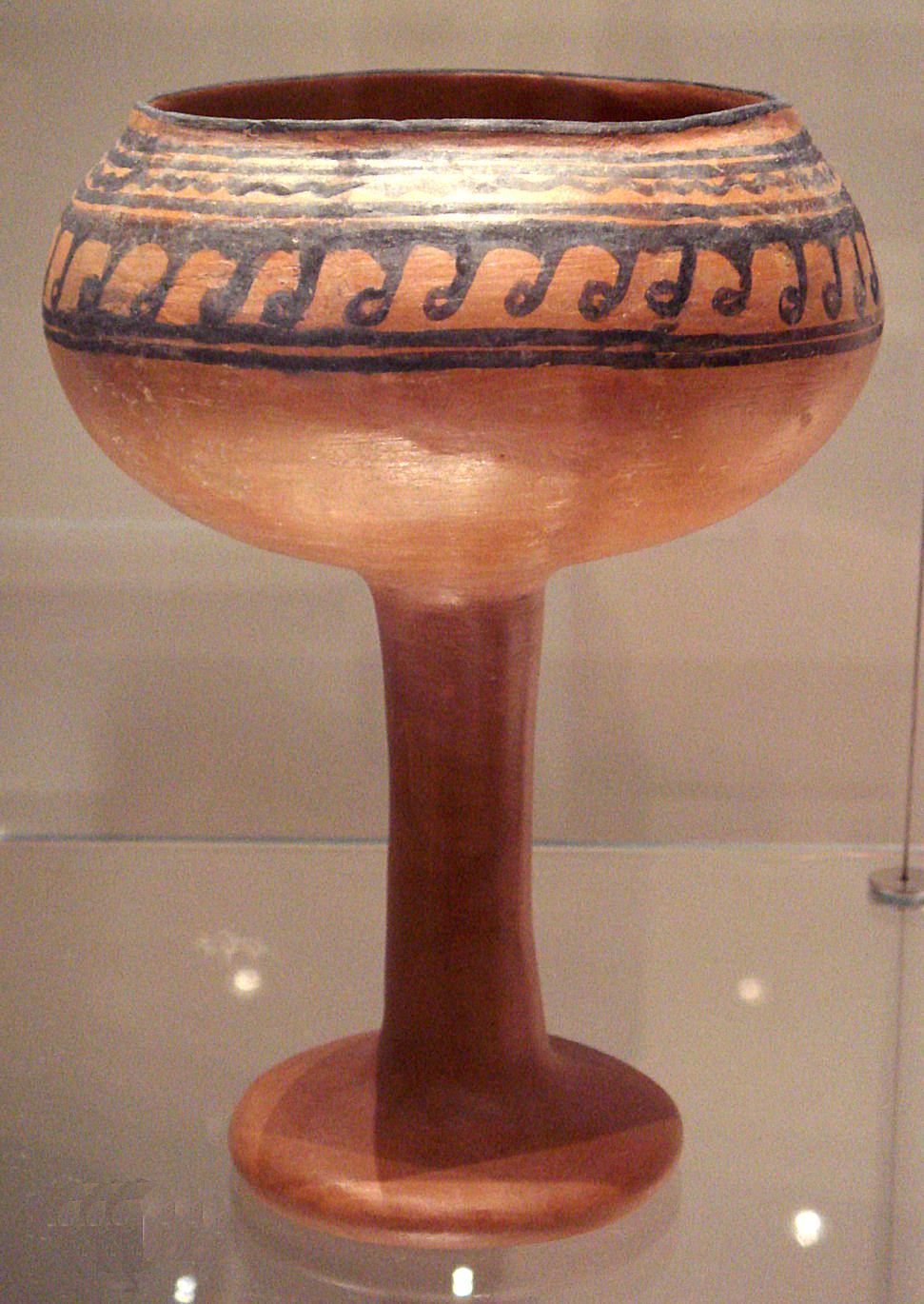

_1_by_N._A._Naseer.jpg)
